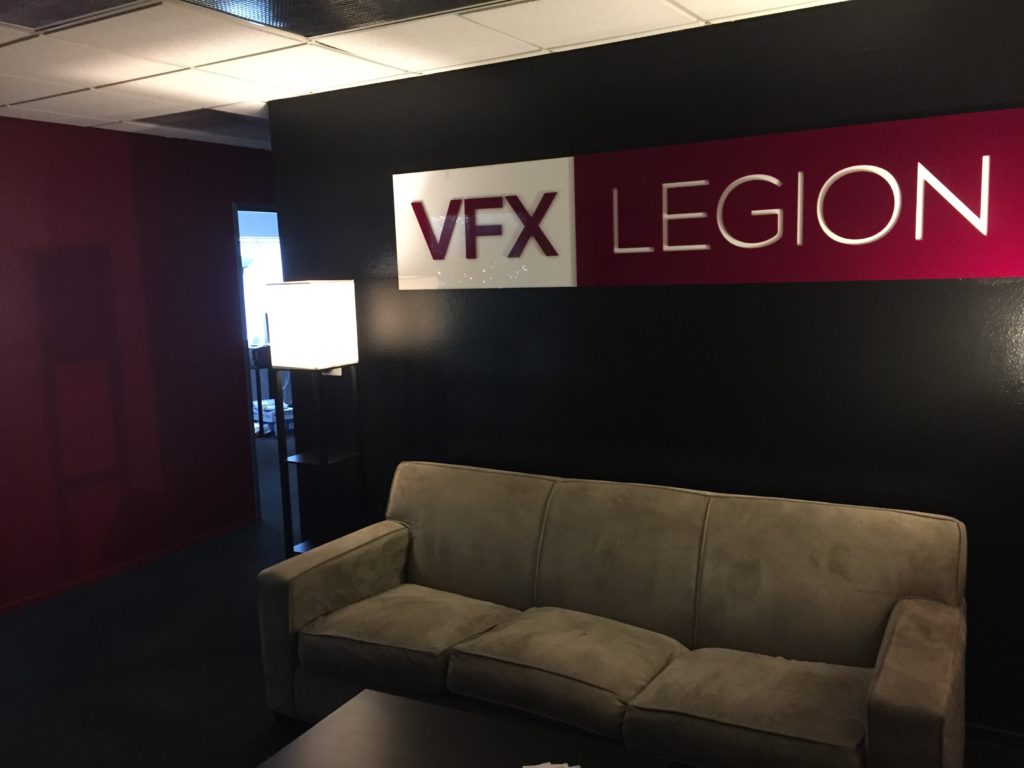FORECAST: Partly cloudy with a high chance of egress fees

While the cloud is still all the rage, after a few years of experimenting and balancing the numbers, some visual effects studios like mine are doubting the long-term ROI of cloud storage. As with so many complicated questions, the answer to, “Does cloud storage make sense for media companies?” is a resounding, “It depends.”
The upside of cloud
Of course, there are many upsides to consider. Adopting cloud storage services from the likes of AWS or Azure removes the need to invest in, set up, and take care of on-premises hardware. The theoretical front-end cost savings are undeniable, eliminating not only hardware investment costs, but the cost of the temperature-controlled real estate required to house it.
Cloud storage also provides elasticity and scalability that fixed on-prem storage does not. If you aren’t sure how much storage you’ll need, or if you know you’ll have major spikes and dips in storage demand, then cloud storage fits well.
For example, many small visual effect facilities use cloud storage to handle larger amounts of shots or to move shots from the client to the artists and back again. It is an ideal service for scalability. Smaller companies can manage the amount of information they need to store, and easily jump up when bigger renders take more space.
Considering that most cloud storage providers do not charge customers anything to move data into their cloud, it can be an easy and painless way to launch a company, a project, or to meet expanding storage demands.
The downside of cloud
But that cheap and painless entry hides much of the downside of cloud storage. While moving your data into a public cloud generally has no incremental cost, transferring it out is where you can get sticker shock from egress fees.
Even common transactions like delivering content to a client costs real money per gigabyte. Most companies pay fees for day-to-day movement of data from cloud storage to on-premises storage. And heavy users end up pushing and pulling terabytes of data from their cloud provider, racking up significant egress bills.
Additionally, while bandwidth is a fixed cost, egress from the cloud is not. Most services charge on a per gigabyte basis to move files out of the cloud. In a ‘fixed cost’ environment like visual effects, unpredictable costs are a big risk. Clients do not want to pay for the overhead of moving files in and out of the cloud.
Early in VFX Legion’s existence we looked to cloud rendering services as a way to scale up with the work. With the fixed nature of the budgets, the egress and storage fees would have cost more than the project was worth.

Hybrid cloud approach
When talking about the cloud, it is always easy to confuse hype with reality. Cloud storage adoption within our industry remains uneven, and it isn’t just the technology laggards who are holding back. Some of the most advanced operations I’ve seen utilize a combination of cloud-native SaaS and their own on-premises storage.
At VFX Legion, we use Signiant Media Shuttle connected to on-premises storage because we know how much storage we have and we can manage our data closely. Using Media Shuttle in our environment creates a ‘private cloud’ for our artists and clients.
This helps us control costs and control where our data is. Media Shuttle’s data management tools allow us to keep detailed logs about which artists or clients have downloaded files. And, at the end of the day, there are no surprises when it comes to costs.
Bottom line
The world of visual effects is remarkably competitive. Every producer wants the absolute rock bottom price for all levels of work. Not having to pay any kind of per gigabyte charge on egress fees allows us to know exactly how much we are spending annually on both bandwidth and storage. Knowing our expenses allows us to win more clients, which in the end is the ROI measure that matters most.


